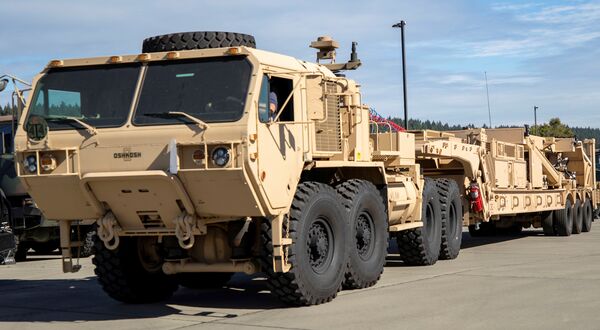
The delivery of the first prototype hypersonic hardware took place in 2021. The hardware has been used to generate feedback from soldiers. (US Army photo/Spc Karleshia Gater)
As the first hypersonic weapon to be fielded by the US Army is scheduled to soon complete its final testing, the programmes developing the army's and other services' hypersonic technology could benefit from industry best practices, according to the Government Accountability Office (GAO).
A new GAO report praised the army's use of feedback for development of its Long Range Hypersonic Weapon (LRHW) but cautioned that the service could use more digital engineering to speed along fielding and cut costs. Under Secretary of the Army Gabe Camarillo told reporters that LRHW – which is a collaboration with the US Navy's Conventional Prompt Strike (CPS) hypersonic programme – is on track for fielding.
“It is a critical part of us fielding our multidomain task forces in the future, and we look forward to its eventual fielding,” Camarillo said on 8 August during the National Defense Industrial Association's (NDIA's) Emerging Technologies Institute conference. A previous GAO report published in June 2024 found that full fielding of the LRHW would be delayed to fiscal year (FY) 2025 due to test delays throughout FY 2024.
Digital engineering is underused by the services overall, which could impact cost and schedule, according to the report released in late July. The army, for example, told the GAO that it had no plans to use digital twin technologies.
Looking to read the full article?
Gain unlimited access to Janes news and more...







